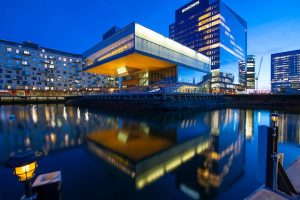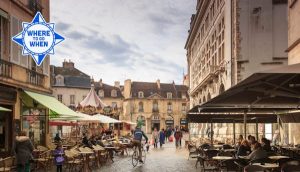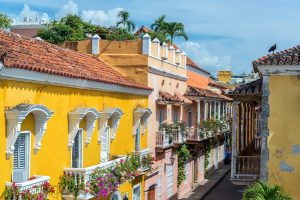
San José has changed a lot since 1821, when it was dubbed the new capital of Costa Rica.
That sleepy town grew steadily through the decades, swallowing up pueblos (villages) and turning them into barrios (neighborhoods). Yet each fragment of San José remains small and distinct; you may not realize you’re leaving one neighborhood and entering another, but the atmosphere may shift the moment you cross a street.
If you’re staying in the city, there’s a wealth of urban communities to explore. You can traverse most of this landscape on foot, and the streets are flooded with affordable taxis and buses. For Ticos, San José is the “big city,” a cornucopia of food and services that you won’t find anywhere else in Costa Rica. It’s tricky for newcomers to navigate these garbled streets, but with a little patience, you’ll find your way – and the character of each neighborhood will come into focus.
Forge new connections on your next adventure with the latest advice from our weekly newsletter.  As night falls, find bars and restaurants in Barrio Escalante and parties in Barrio La California © John Coletti / Getty Images
As night falls, find bars and restaurants in Barrio Escalante and parties in Barrio La California © John Coletti / Getty Images
1. Barrio Escalante has the top places to eat
The well ordered streets and handsome architecture of Barrio Escalante have always delighted visitors, making the neighborhood feel much farther from downtown San José than it is. But in recent years, this handful of residential blocks has surged in popularity. Barrio Escalante is now a nexus of dynamic dining, convenient accommodations and vibrant nightlife, making it one of the most exciting destinations in the Central Valley.
Escalante’s main drag is the walkable Calle 33, which is packed with bars and bistros of all flavors. Pick from global fine dining, such as Lebanese restaurant FAQRA; hip gastropubs like WilkCR; and classy brunch spots like Franco. Clean and easy to navigate, this neighborhood draws a healthy mix of locals, backpackers and retirees. If you’re itching to stay out late, Barrio Escalante cultivates a lively nightlife scene.
2. Downtown is the best neighborhood for culture
First-timers are more or less required to walk around downtown San José, Costa Rica’s buzzing hive of commerce and culture. The streets are grubby and crowded, but you can readily walk from one museum to another within a few minutes. Most people start at the Plaza de la Cultura, an open square in the middle of town, and work their way outward.
For a quick survey of Costa Rican heritage, visit the Museo Nacional, a fortress-like structure on the eastern side of downtown. The museum’s enormous halls host rotating exhibits on art, history and civics, and you can finish your tour with a stroll through the indoor butterfly garden. The museum overlooks the Plaza de la Democracia, a terraced public space that often hosts free concerts.
Two world-class museums here include the Museo de Jade, a treasure trove of Indigenous artifacts that spans multiple floors, and the Museo de Oro Precolumbino, an underground museum dedicated to the history of goldsmithing before the colonists’ arrival.
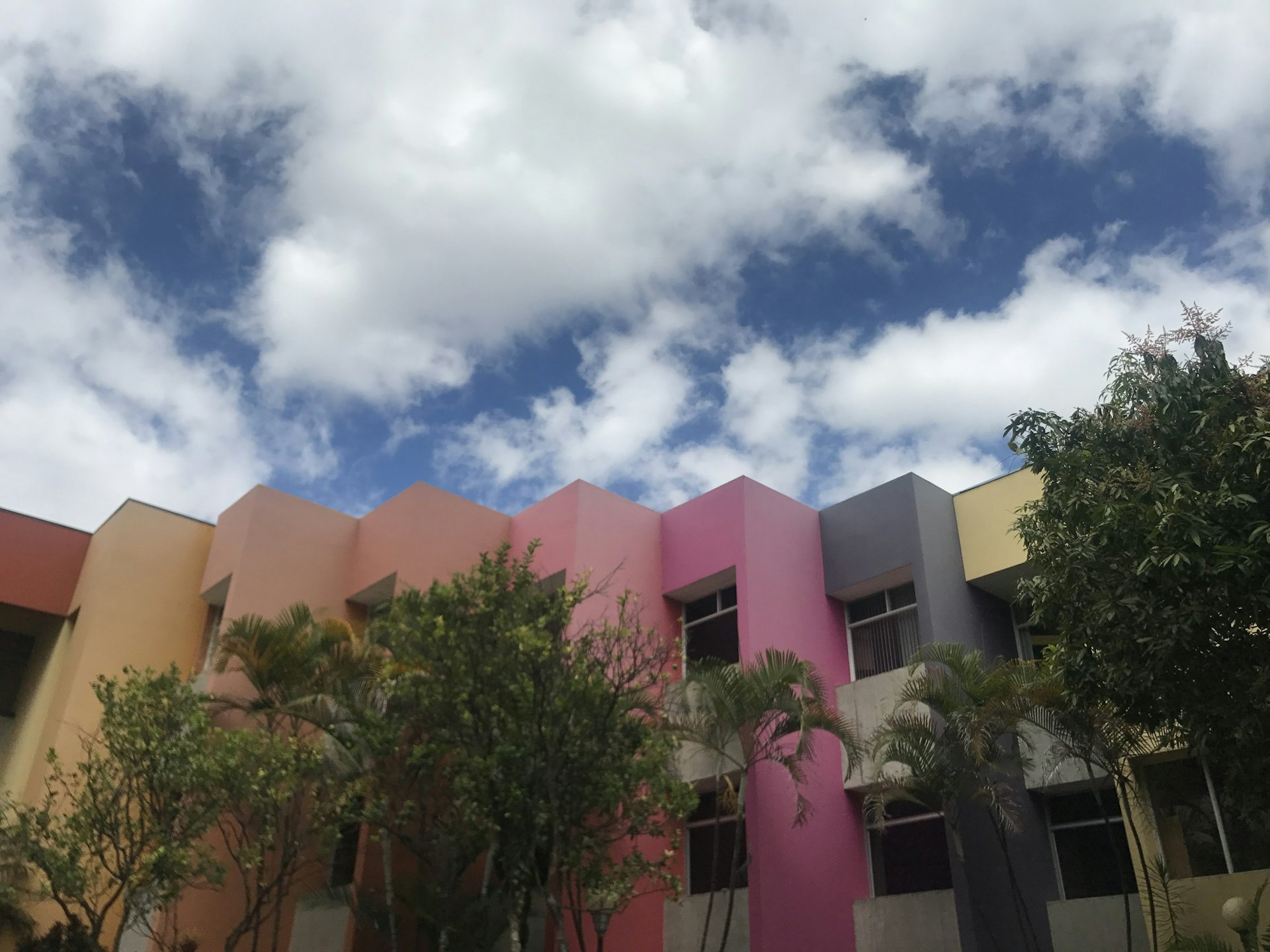 Find budget-friendly places to eat in the university neighborhood of San Pedro © naldaram / Getty Images
Find budget-friendly places to eat in the university neighborhood of San Pedro © naldaram / Getty Images
3. San Pedro is a popular student neighborhood
The eastern district of San Pedro is best known as the home of the Universidad de Costa Rica, and thousands of students pour into this neighborhood every day to attend classes – and to hang out after classes. The streets of San Pedro have a youthful zest, with bookstores, bars and budget-friendly eateries.
During the day, you can check out the Museo de Insectos, which displays the largest collection of insects and arachnids specimens in Central America, or visit the Planetario de San José, which organizes regular astronomical activities for visitors of all ages.
After sunset, the nightclubs come alive along the Calle de la Amargura (“Bitterness Street”), a magnet for young partygoers. “La Calle” has a well-earned reputation for packed dance floors, rowdy crowds and lots of liquor shots.
4. Barrio La California is the best area for nightlife
Centrally located Barrio La California is a beloved party district, where Ticos get together for strong drinks, loud music and grinding dance parties. For live music, the go-to concert hall is Bar El Observatorio, which brings together bands from across the country in a bohemian setting. Equally popular spots include El Cuartel and Bar La Cali. These places draw mostly Tico crowds, but travelers often come through the door as well.
The best part of La California is Cine Magaly, a retro cinema that still screens an exciting range of indie and international films. This single-screen theater is popular among local filmmakers and movie buffs, and it’s best coupled with a visit to Kubrick Café, a trendy little bistro next door.
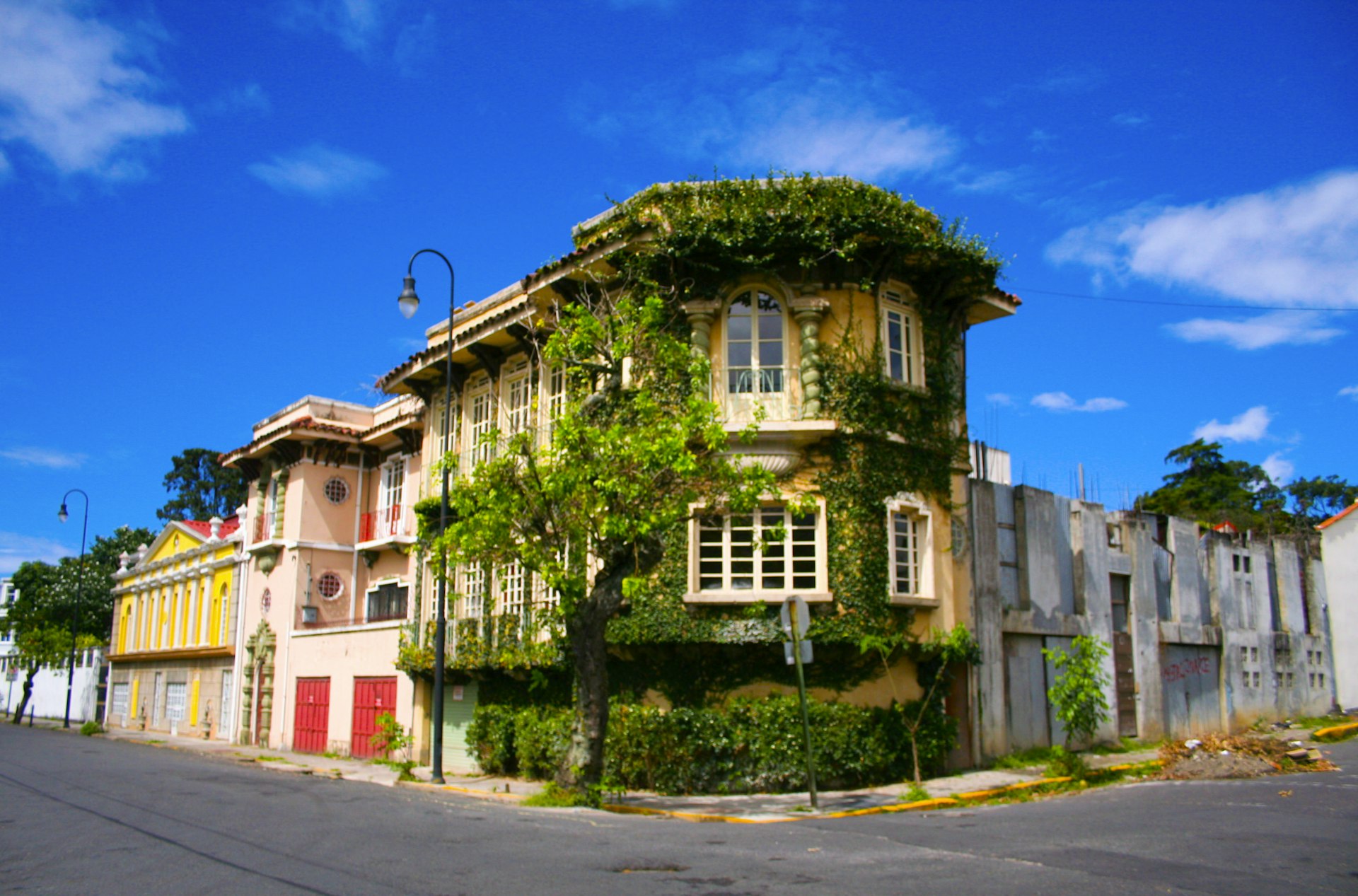 Enjoy a stroll around the atmospheric streets of Barrio Amón © francisco sosa / Getty Images
Enjoy a stroll around the atmospheric streets of Barrio Amón © francisco sosa / Getty Images
5. Barrio Amón is a great place to wander
This quiet neighborhood has vine-cloaked streets and hidden cafes, making it perfect for an afternoon amble. Barrio Amón is home to a surprising number of cultural venues. The Alianza Francesa hosts French classes and cultural events, and Amon Solar is a stately concert hall built into a former mansion. TEOR/éTica is one of the most imaginative art galleries in the city, and artists regularly repaint the facade to match the exhibits within.
Once you’ve worked up an appetite, visit Cafe Rojo for a Vietnamese-fusion lunch and glass of wine, or grab a pastry and cappuccino at the European-style October Six Café Bistró.
6. La Sabana is the city’s greenest neighborhood
When you need a break from the urban jungle, mosey over to Parque Metropolitano La Sabana, the largest urban green space within city limits. Formerly an international airport, this rectangular park boasts walking trails, ball fields, a race track and even a small lake. The skyline is dominated by the Estadio Nacional, home of Costa Rica’s national football team – and the country’s biggest concert venue.
The surrounding neighborhood is also called La Sabana, and it’s best known for hotels, embassies and government office buildings. Many people like to stay the night in this quieter section of San José, which offers easy access to the major highways and to Juan Santamaria Airport.
If you’re in need of a little excitement, look no further than República Casa Cervecera, a voluminous gastropub in the northwest corner of the park. After spending a full day exploring the city, República Casa makes for a satisfying finale.

